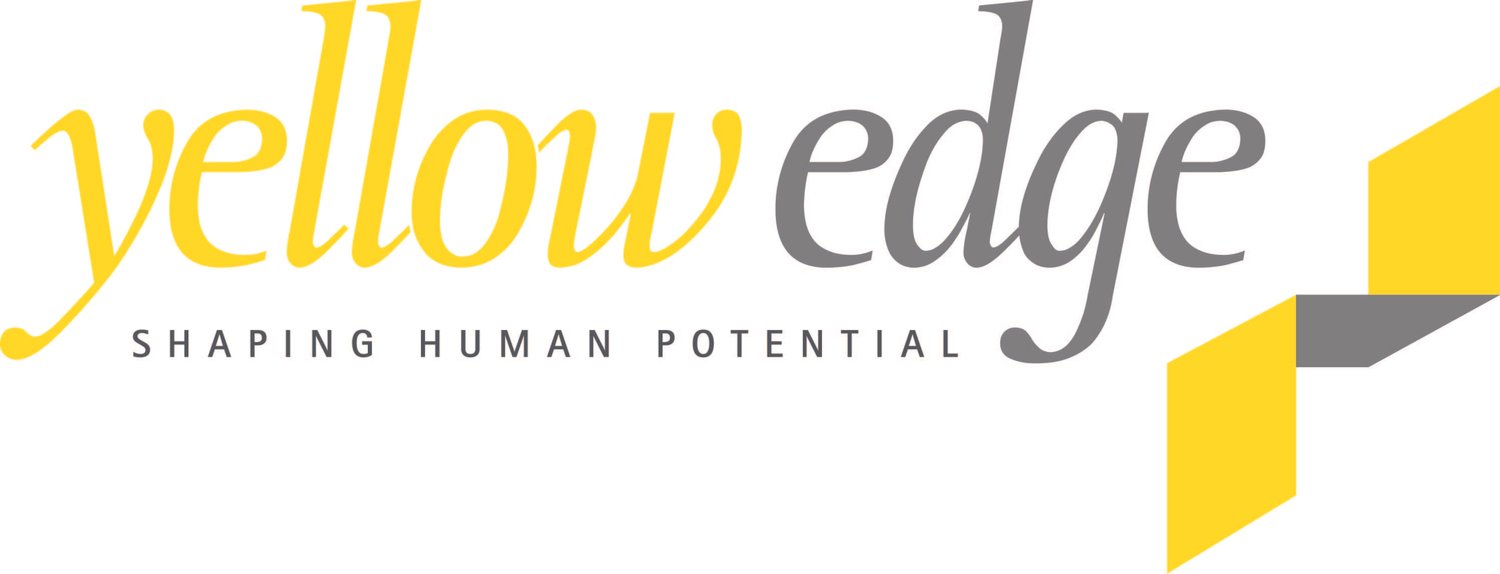47. Energy to Innovate, Innovate to Energize
by Andrew Simon
Leaders are stewards of innovation. Innovation is a driver of productive change and productive change is the business of leadership.
The call for organisations across public, private and community sectors to innovate is getting stronger. Financial challenges, hyper competitive global markets and the need to achieve better citizen or customer outcomes are just some of the many complex drivers behind this call.
Innovation is a powerful source of organisational energy and renewal. But in workplaces that are de-energised, where people are overworked, anxious about the future, demotivated or are poorly led and managed, the call to innovate can sound rather hollow and tiresome.
Yet one of the great paradoxes of innovation (and there a quite a few) is that while organisations and people certainly need energy to innovate, the very act of innovating can itself be a source of organisational energy.
So to generate energy to innovate, one must first innovate! Innovation and human energy have a self-reinforcing positive relationship. The job of the leader as steward of innovation is to therefore get innovation started and supported.
Here are several ways to get innovation started:
1. Frame the purpose of innovation. At its heart, innovation is solving problems in fresh and new ways. Identify the problem that innovation needs to help solve or the opportunity that it needs to help seize. Innovation is not a random exercise. By identifying a clear purpose or need, you make the whole point of innovation clear.
2. Show where innovation needs to occur. Don’t try and encourage innovation to blossom everywhere or to start by building a ‘culture of innovation’. This is a common fallacy. Innovation won’t happen this way. Building a culture takes a long time and culture only really forms around actual practice. That is to say, a culture of innovation can only be built over time as a result of innovation actually being practiced.
Instead, a more realistic thing for leaders to do is to get their organisations, teams and people to practice innovation through a discipline of focusing only on key areas of business need. The Australian Public Service’s Management Advisory Committee report on innovation for example recommends six key areas for public sector organisations to focus on. These include:
The kinds of services that are provided to citizens
How service is delivered
How organisations are administered
New public service concepts and models
Public policies
The APS system as a whole
For private and community sector organisations, Larry Keeley’s 10 Types of Innovation provides an excellent focusing model. He suggests focusing innovation on:
The profit (surplus) model
The organisation’s network
The organisation’s structure
The organisation’s processes
Product performance
Product system
Service
Channels
Brand
Customer engagement
Innovation is not a random exercise. By identifying a clear purpose or need, you make the whole point of innovation clear.
What both these focusing models advocate is for organisations to select one or more areas, or in combination, to focus innovation effort on. The key thing is to pick areas that matter to the business. When you steer attention onto a specific area that matters, you help build a business discipline and give innovation the best chance of occurring successfully. ‘Knowing where to innovate is as important as knowing how to innovate’ (Keely 2013).
3. Forget trying to get your people to be deliberately creative, or artistic and inventive as a precursor to innovation happening. Get the user involved instead. Understand the problem from their perspective. Step into their world and ask great questions that will help you to better understand the issues and needs. Innovative solutions, policies, products and services grow out from this co-design approach, not from getting staff to play with colourful pens, toys or Lego in a funky room somewhere in the ivory tower. Innovation happens close to the ground, so invest in building co-design capability and processes, rather than in fostering creativity per se. Innovation may involve some invention, but it is not invention.
4. Give effective permissions. One of the most powerful things a leader can do to free up latent energy for innovation is to give people explicit permission to do things. Don’t create dependency, empower instead. Creating dependency through overly tight management controls and risk avoidance retards capacity, deskills and depletes human energy. Empowerment on the other hand, expands these. Creating the right authorising environment also provides space for people to challenge the status quo. Challenging the status quo is basic to innovation. Provide clear purpose and sharp focus and then give leeway and latitude to your people. Shelter your people from the naysayers, but keep them exposed to the problem, the user, the stakeholder, the client and the customer.
5. Fund it. If innovation matters, put money into it and invest it on: Experiments, trials, prototypes, pilots or modelling
Research and development
Engaging with users, stakeholders, clients and customers
Learning from other industries, organisations and countries
Learning from mainstream and extreme user groups
Building co-design capability, process and disciplines within the organisation
Innovation generates energy. It creates excitement and replenishes and restores organisational enthusiasm. It enables people to see that new ways are possible and builds the confidence and assurance that we can address complex challenges, that we can seize opportunities and that we can create the sustainable futures that we want.
Further reading
Atkinson, R. & Ezell, S (2012) Innovation economics-the race for global advantage. Yale. New Haven.
Keely, L. et al (2013) Ten types of Innovation. Wiley. New Jersey.
MAC Report 9 (2012) Empowering change: fostering change in the Australian Public Service. Commonwealth of Australia.
Innovation generates energy. It creates excitement and replenishes and restores organisational enthusiasm.
Andrew is Chief Executive of Yellow Edge a company focused on inspiring individuals, teams and organisations to greater levels of performance.


